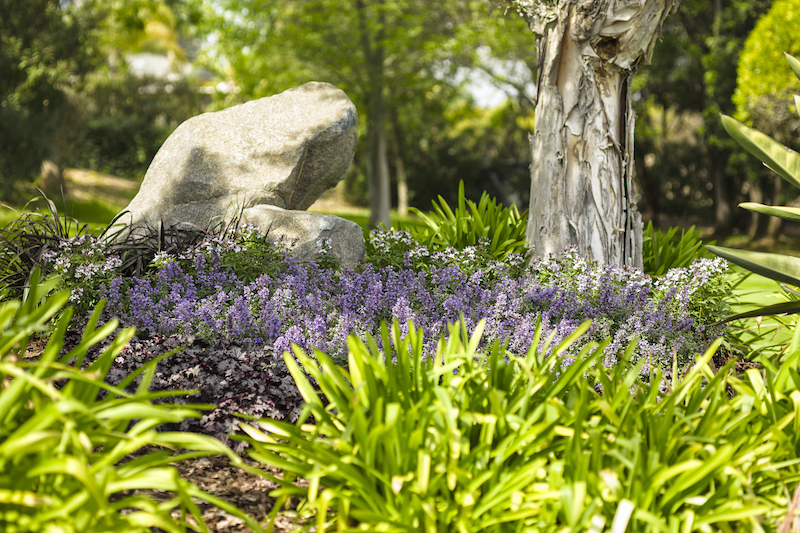Catmint is rarely bothered by foragers. The scented and textured foliage generally keeps deer away. If deer are desperate, they may try to browse Catmint. The most likely time for any damage is very early in the spring, when the most tender shoots emerge. Springtime is typically a period of abundance for deer, and blooming shrubs and hosta shoots are much more appealing to deer than Catmint.

According to Rutgers University this plant is Rarely Damaged on their rating scale from Rarely Damaged to Frequently Severely Damaged. This makes Catmint one of the most deer-resistant perennials to grow in the garden.
| Rarely Damaged |
| Seldom Severely Damaged |
| Occasionally Severely Damaged |
| Frequently Severely Damaged |
Little needs to be done to protect Catmint. If a few bites are taken, the plant will grow back quickly. Typically Catmint is so bushy and full that deer browsing is not noticeable. Repellents can be used, although they need to be reapplied after heavy rains or overhead watering. Over time, deer can become used to the smell of repellents, so consider rotating brands and types to maintain effectiveness.
The only permanent deterrent for deer is fencing that is at least 8 feet tall. However, fencing is not always practical or affordable. Choosing plants such as Catmint that rarely get attention from deer may be the best option for keeping a landscape deer-proof.

Will Catmint Come Back After Deer Eat Them?
Catmint regrows easily if it is browsed by deer. The damaged branches can be trimmed to neaten the plant. The plant will be fully recovered by the following spring. Many gardeners with local deer choose to plant this robust perennial at the front of flower beds to protect more vulnerable plants from foraging.
Sources: Rutgers New Jersey Agricultural Experiment Station ‘Landscape Plants Rated by Deer Resistance’ 2018
 |
Author Robbin Small - Published 7-14-2022 |
